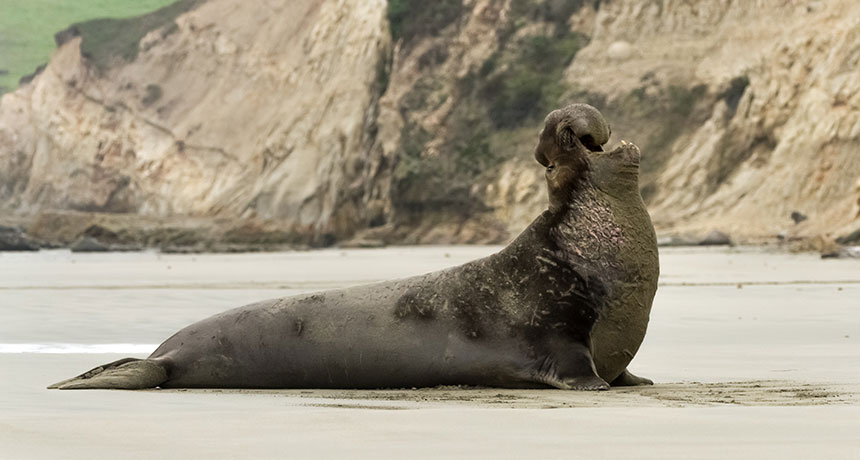When it comes to antimicrobial resistance, watch out for wildlife
Bacterial genes that best drugs, disinfectants turning up in guts of all sorts of animals

WATCH FOR WILDLIFE Northern elephant seals in California are some of the diverse wild animals that researchers have found with microbes carrying genes for resisting drugs and disinfectants.
Frank Schulenburg/Wikimedia Commons (CC BY-SA 3.0)